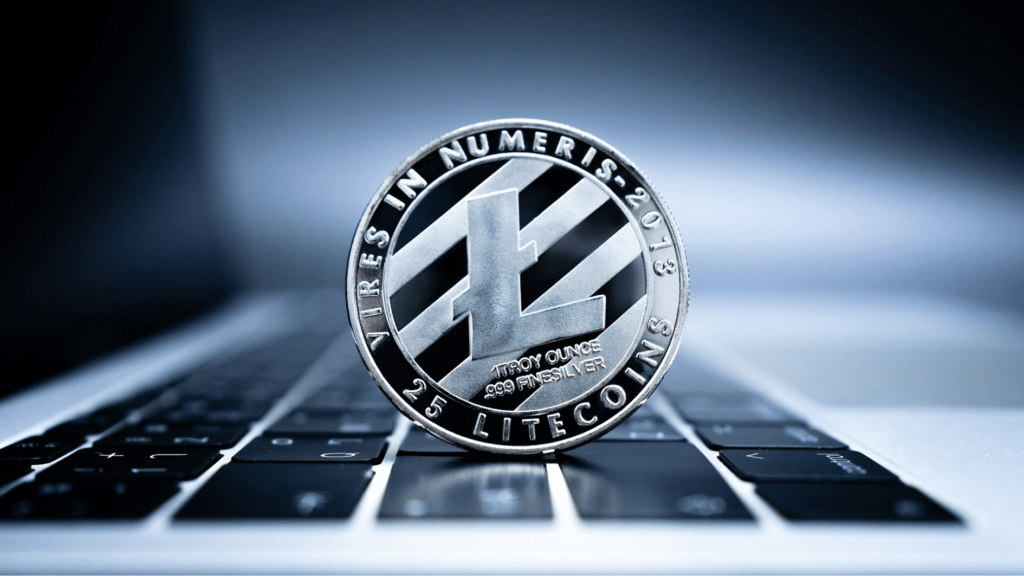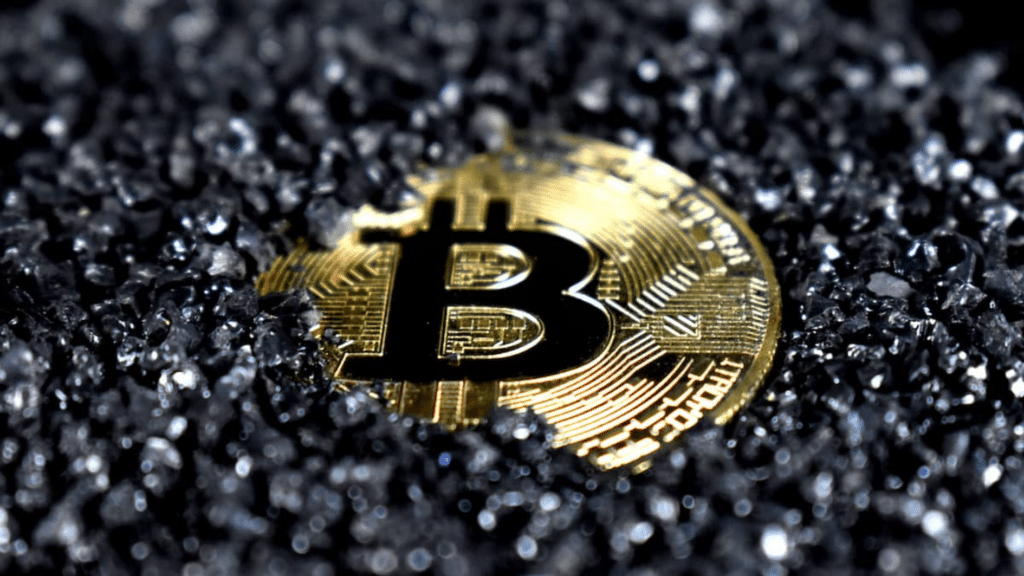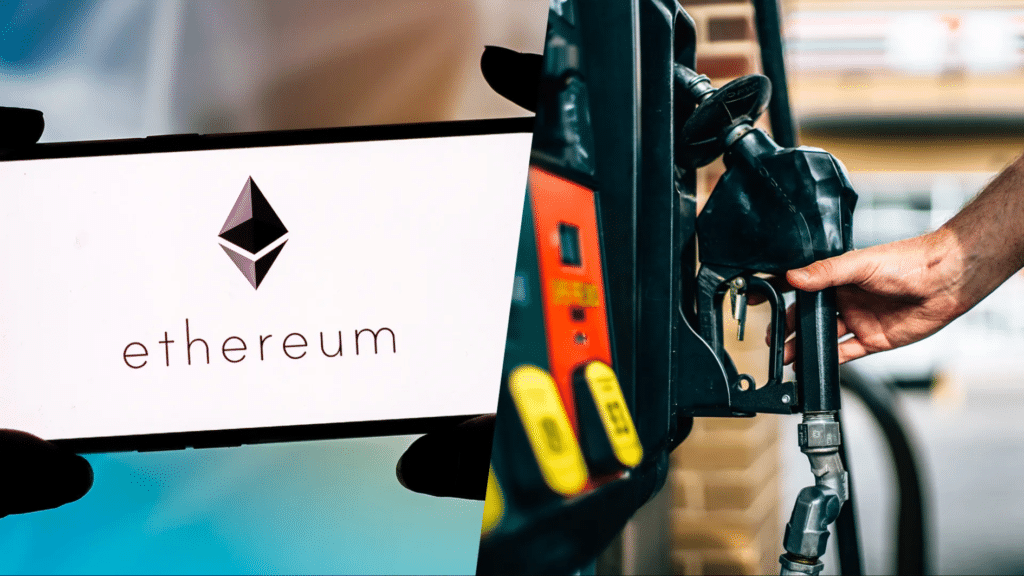Litecoin Price: A Comprehensive Overview of LTC’s Market Performance

Litecoin (LTC) has been one of the most prominent cryptocurrencies since its inception in 2011. As a peer-to-peer cryptocurrency, it was created to be the “silver to Bitcoin’s gold,” offering faster transaction times and lower fees. In this article, we will dive deep into Litecoin’s price movements, the factors affecting its market performance, and its long-term potential.
What is Litecoin?
Litecoin is a decentralized digital currency built on an open-source blockchain, similar to Bitcoin but with some key differences. Created by former Google engineer Charlie Lee, Litecoin was designed to improve on Bitcoin’s shortcomings, such as transaction speed and scalability. With a faster block generation time and different hashing algorithm, Litecoin allows for quicker transactions and lower fees, making it a popular choice for microtransactions and day-to-day transfers.
How Does Litecoin Work?
Litecoin operates using a proof-of-work consensus mechanism, where miners validate transactions and secure the network. Unlike Bitcoin, which uses the SHA-256 algorithm, Litecoin uses the Scrypt algorithm, which is more memory-intensive and requires less processing power. This enables more people to participate in mining using standard hardware, contributing to its decentralized nature.
Factors Influencing Litecoin’s Price

Market Sentiment and Investor Behavior
The price of Litecoin, like most cryptocurrencies, is heavily influenced by market sentiment. When investors are optimistic about the overall cryptocurrency market, they tend to buy more LTC, driving up its price. Conversely, during periods of uncertainty or regulatory crackdowns, the price can fall. News regarding Litecoin’s adoption, partnerships, or technological upgrades also plays a significant role in influencing its value.
Bitcoin’s Performance
Litecoin’s price often follows the movements of Bitcoin due to their shared history and the influence Bitcoin has over the broader crypto market. When Bitcoin experiences a bull run, Litecoin often benefits, attracting more attention from investors looking for alternative options. However, during a Bitcoin downturn, Litecoin can also experience price drops.
Supply and Demand Dynamics
Litecoin has a maximum supply of 84 million coins, four times that of Bitcoin’s 21 million. The limited supply ensures scarcity, which can drive the price up as demand increases. Conversely, if there is a lack of demand or oversupply in the market, Litecoin’s price may experience downward pressure.
Technological Advancements and Updates
Litecoin’s development team consistently works on improving the blockchain, and any technological upgrades, such as the integration of MimbleWimble, which enhances privacy and scalability, can positively impact the price. Additionally, partnerships with payment platforms and adoption by merchants boost Litecoin’s utility, contributing to price appreciation.
Litecoin Price Trends
Early Price History (2011-2017)
Litecoin’s price remained relatively low in its early years, generally trading below $10 until 2017. During the crypto bull run of late 2017, Litecoin surged dramatically, reaching an all-time high of over $350. This was fueled by increased mainstream attention toward cryptocurrencies and investor speculation.
2018 Bear Market
Following its peak in late 2017, Litecoin, like most cryptocurrencies, experienced a significant downturn in 2018. The price dropped to around $30 by the end of the year as the market entered a prolonged bear phase. Despite the drop, Litecoin maintained its position as one of the top 10 cryptocurrencies by market capitalization.
Recent Trends (2019-2023)
Since the bear market of 2018, Litecoin has seen steady price growth, benefiting from the broader crypto resurgence in 2020 and 2021. During the 2021 bull market, Litecoin once again surpassed the $300 mark. However, like Bitcoin, Litecoin has faced volatility, with price fluctuations that mirror the broader market.
Current Market Outlook
As of 2024, Litecoin’s price remains volatile but generally follows an upward trend with significant interest from both retail and institutional investors. Developments in its technology, as well as its role as a fast and efficient payment method, continue to support its long-term potential in the market.
Why Invest in Litecoin?

Speed and Low Transaction Fees
One of Litecoin’s key advantages is its fast transaction speeds and low fees. With a block generation time of just 2.5 minutes (compared to Bitcoin’s 10 minutes), it is more suited for everyday transactions. Investors see Litecoin as a practical cryptocurrency for payments, making it a strong candidate for mass adoption.
Longevity and Market Trust
As one of the oldest cryptocurrencies, Litecoin has established trust in the market. Its longevity adds a level of stability that newer cryptocurrencies may not offer. Many investors see it as a reliable store of value and a less risky alternative to more volatile altcoins.
Diverse Use Cases
Litecoin’s use cases are expanding, particularly in cross-border payments and peer-to-peer transactions. It is increasingly being adopted by online merchants, payment platforms, and even some financial services providers, further solidifying its place in the market.
How to Track Litecoin’s Price
Cryptocurrency Exchanges
The Litecoin price can be tracked in real-time on major cryptocurrency exchanges such as Binance, Coinbase, and Kraken. These platforms provide live price updates, historical data, and various charts for technical analysis.
Cryptocurrency Price Aggregators
Platforms like CoinMarketCap and CoinGecko offer comprehensive overviews of Litecoin’s price, market capitalization, and trading volume. They also provide information on price movements across different exchanges and regions, making them essential tools for traders.
Wallets and Apps
Many cryptocurrency wallets, such as Exodus and Ledger, allow users to track the value of their Litecoin holdings in real-time. Mobile apps for exchanges and wallets provide easy access to price data, making it convenient for users to stay informed on the go.
Conclusion: The Future of Litecoin
Litecoin’s price continues to be a major point of interest for traders and investors alike. Its strong technical foundation, faster transaction times, and growing use cases make it a promising digital asset. While the cryptocurrency market remains volatile, Litecoin’s long-standing presence and continued development signal a positive outlook for the future.
FAQ
1. What is the current price of Litecoin?
The current price of Litecoin can vary depending on market conditions and the exchange you use. It is best to check live price updates on platforms like CoinMarketCap or your preferred cryptocurrency exchange for the most accurate data.
2. What factors influence the price of Litecoin?
The price of Litecoin is influenced by factors such as market sentiment, Bitcoin’s performance, technological advancements, and supply and demand dynamics. News related to Litecoin’s development or adoption can also impact its price.
3. How does Litecoin differ from Bitcoin?
Litecoin differs from Bitcoin in several ways, including faster transaction times (2.5 minutes per block vs. Bitcoin’s 10 minutes), lower fees, and the use of the Scrypt hashing algorithm instead of SHA-256. These features make Litecoin more suitable for everyday transactions.
4. Can Litecoin’s price reach its all-time high again?
While it’s impossible to predict market movements with certainty, many analysts believe that Litecoin’s price has the potential to reach or surpass its all-time high if there is a broader cryptocurrency market surge or increased adoption of LTC as a payment method.
5. Is Litecoin a good investment?
Litecoin is considered by many investors to be a relatively safe cryptocurrency investment due to its long history and solid technical foundation. However, like all cryptocurrencies, it is volatile, and potential investors should conduct thorough research and consider their risk tolerance before investing.




